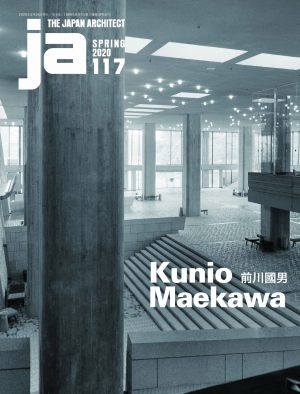JA 67, Autumn 2007
Content
A great number of the world’s landmarks can be identified as being created from geometric schema. While this is clearly apparent from their drawings, in later years, analytical diagrams also revealed this aspect. From the Renaissance onward, there are examples of architects who superimposed geometric diagrams over their plans. For reasons that inlcuded structure and rationally, such close relations between architecture and geometrical diagrams persisted long after, and a result we have come to presume that geometric diagrams are an implicit nature of architecture. Since the modern ages, it is common to see plans in which functional compositions are typologically revealed.
We have seen this in such functionally significant architecture such as factories and hospitals,research laboratories and schools, and today, such typologies are formed as typical building types. Yet, in this age,even if these diagrams serve as a means of comprehension or as a representation of an idea, they are not an architect’s tools of creation. Even if there were textbooks in which geometric compositions and plan arrangements are illustrated, they would not serve to procedure a new architecture.
So then,what sort of diagram is effective in the creation of a new architecture? This is the theme of this edition.
CONTENTS
ESSAY
Schemas: Mental Representations Involving Sensation
Jun Aoki
WORKS
Aomori Museum of Art
Jun Aoki & Associates
OPJ
Jun Aoki & Associates
Okurayama Apartment
Kazuyo Sejima & Associates
N-Museum
Office of Ryue Nishizawa
Facility of Kanagawa Institute of Technology
junya.ishigami+associates
Experience in Material No.47 / Project Konpira
Ryoji Suzuki Architect and Partners
KEYFOREST871228 Keith Haring Museum
Atsushi Kitagawara Architects
House of Sakurayama
Yasushi Horibe Architect & Associates
House Ita-bashi
Taira Nishizawa Architects
Tama Art University Library
Toyo Ito & Associates, Architects
Showroom H
Akihisa Hirata Architecture Office












